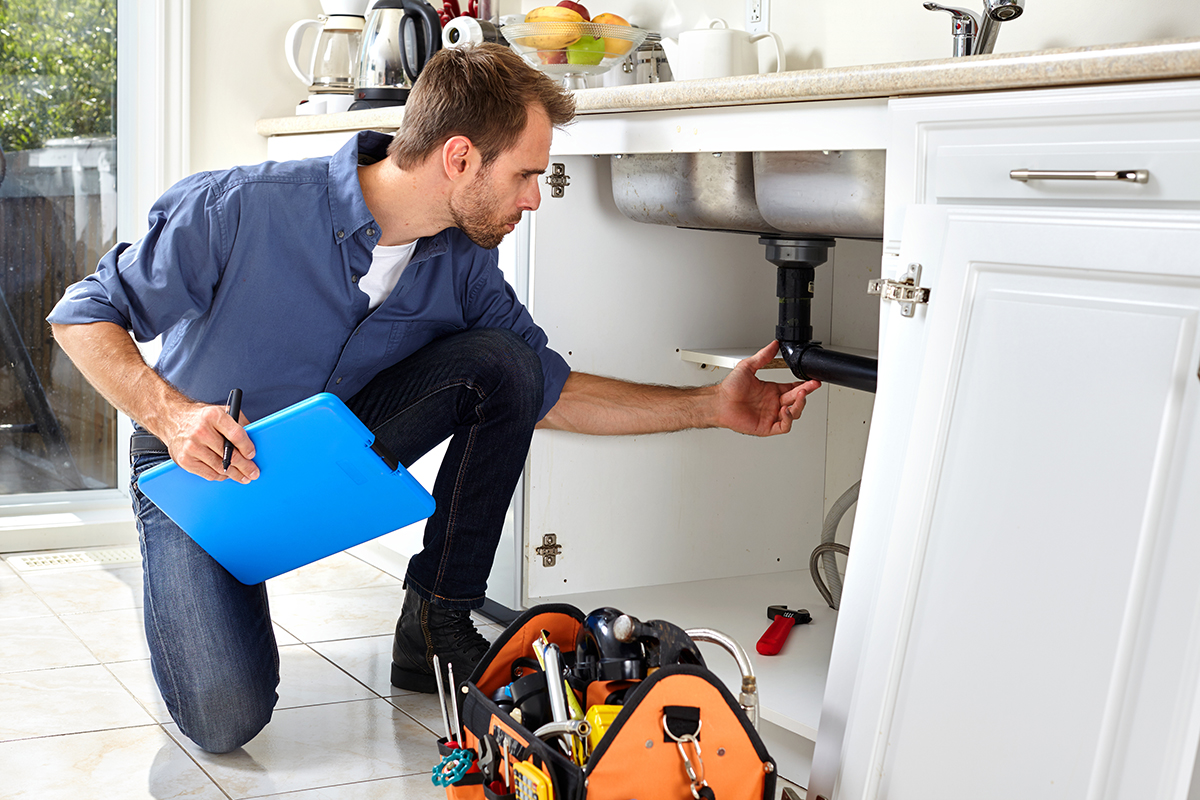In last week’s blog post, we shared four suggested items to check before buying a home – insight provided by home inspectors firsthand to help you make an informed decision. Here are five additional items, from the deck to the plumbing, you should consider checking.
Are the HVAC systems working properly? According to Ray Montminy, Area Manager and inspector with US Inspect, a partner of Long & Foster’s Home Service Connections, air conditioning systems typically last 10 to 15 years and heating systems 18 to 20 years. It is important to find out the age and condition of these major systems because they can be expensive to replace. Consider asking if service records are available.
Are there any additions to the home? If there are any additions to the home, are they safe? It is important to check for building permits when possible. A good home inspector will check to ensure the home is sound and, if it is questionable, will recommend an engineer further evaluate the structure.
Is the deck safe, level and secure? Many inspectors gloss over decks during home inspections, warns Dean Heim, a home inspector with US Inspect. Check for loose or missing nails, rusted screws and anchors, damaged support beams, and split or rotting wood. You’ll also want to examine the handrails and guardrails to ensure they are safe and secure. Is the home’s deck permitted? Was it built in compliance with the city or county code requirements? When was it built? Be sure to ask these important questions.
Are ventilation and insulation adequate? Proper ventilation reduces indoor air pollution, as well as moisture levels in the home. “Whether it’s coming from the roof or coming from the ground, moisture can have a negative impact on your home,” said Montminy. Adequate insulation saves energy and in turn will save you money on the heating and cooling of your home. If you are considering buying an older home, it is especially important to check the insulation. According to Heim, 20 years ago, the attic insulation installed was six inches thick, but today it is 18 inches. Some attics are completely uninsulated, while others contain asbestos-based insulation, adds Montminy.
What type of piping is used in the home? While all plumbing has its pros and cons, old pipes can have hidden problems and cause water damage. According to US Inspect, polybutylene plastic pipes were commonly used in homes from 1978 to 1997, replacing copper and galvanized steel. Unfortunately, the polybutylene pipes frequently fail and leak at the joints. “They cannot be repaired, only replaced, which can cost thousands of dollars,” said Montminy. Find out what type of plumbing material is used throughout the home, and whether it is functioning properly.
These are just a handful of items that you should check before buying a home. A complete home inspection is always recommended. Rely on your real estate agent to help you with this very important step of the home buying process.
